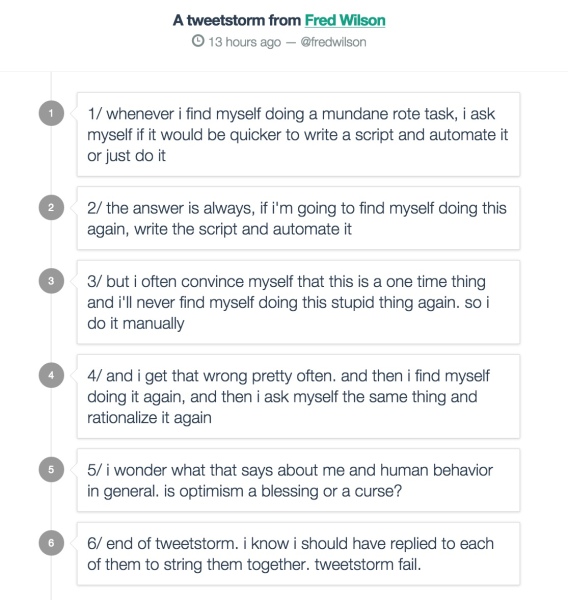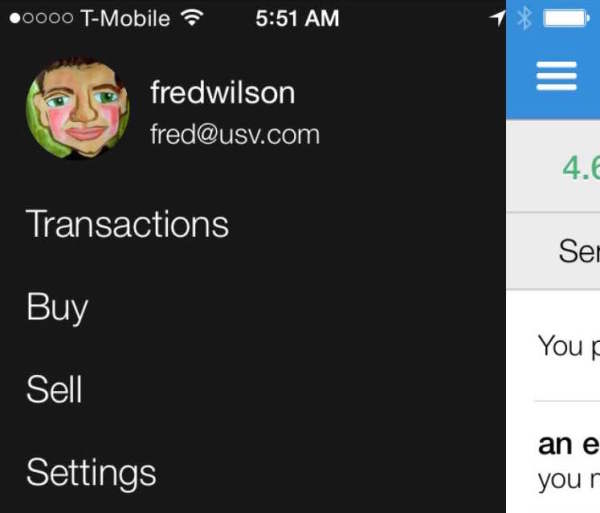Messing With A Competitor's Fundraising
I saw a post that described how Uber tried to mess with Lyft’s fundraising. This is not a new tactic. I have seen it used for as long as I have been in the VC business. It is, however, unethical and unsavory, just like the companies that use it.
And it is one other thing, ineffective. When I get a phone call from a company telling me that they are going to raise more money and we should think about investing in them instead or at least not investing in their competitor, I hear fear and it makes me more excited about investing in the competitor. If you can’t win in the market on the merits and have to turn to messing with a competitor’s fundraising, what does that tell you about the defensibility and differentiation of a company’s service?
And when another VC calls me to ask about a company that competes with our portfolio company, I don’t bother to trash talk the competitor. I just tell them the pros and cons of the market, the two companies, how I think things will play out, and then let them make the investment decision on the merits. I assume the competitor is going to get funded from someone so I might as well provide an honest assessment of the situation.
Capital is not normally a recipe for success vs competition. Product execution, network effects, go to market strategies, and a few other things are what allows companies to win the market. Access to capital and raising a boatload of it is rarely the thing that wins the market.
And there is a ton of money in the market for funding startups right now. When the CEO of one of our portfolio companies tells me one of their competitors is raising money, I always tell them “assume your competitor will raise successfully and raise a lot” because that is what is happening in the market today.
Don’t waste your time trying to mess with a competitor’s financing. It doesn’t look good, it won’t work, and your time and energy is best spent elsewhere, where the real competition happens, product and market.


